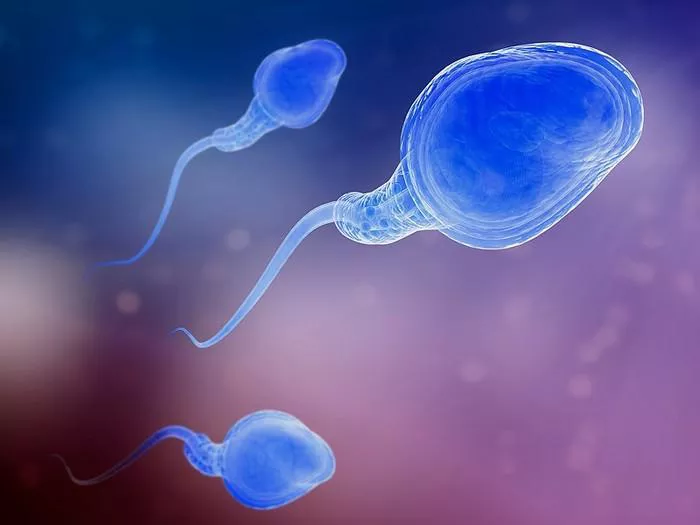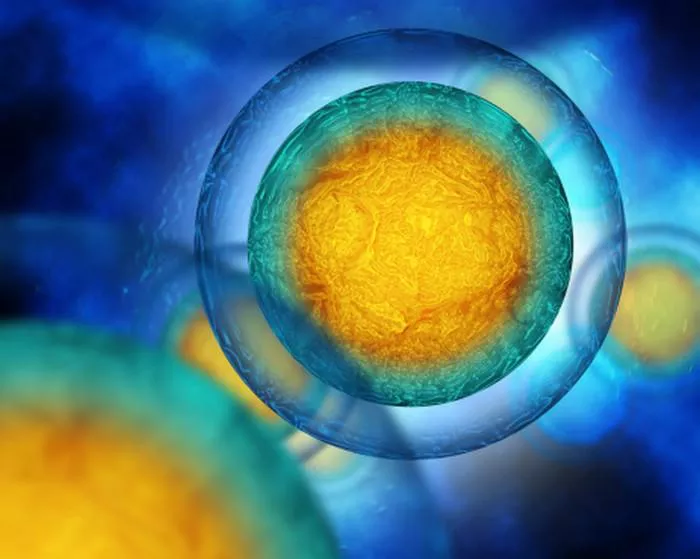Male fertility plays a crucial role in the conception process, with healthy sperm being essential for successful fertilization. However, not all sperm are created equal, and various factors can affect sperm quality and motility. Understanding the signs of weak sperm can provide valuable insights into male fertility health and guide individuals seeking to conceive. In this comprehensive guide, we’ll explore the key indicators of weak sperm and discuss potential causes and solutions to enhance male fertility.
Understanding Sperm Quality:
Sperm Count:
A low sperm count, also known as oligospermia, is one of the primary indicators of weak sperm. A normal sperm count typically ranges from 15 million to 200 million sperm per milliliter of semen. Having fewer than 15 million sperm per milliliter is considered a low sperm count and may reduce the chances of fertilizing an egg.
Sperm Morphology:
Sperm morphology refers to the size, shape, and structure of sperm cells. Healthy sperm should have a typical oval-shaped head and a long, straight tail, facilitating movement through the female reproductive tract. Abnormal sperm morphology, characterized by misshapen or structurally flawed sperm, can impair sperm motility and reduce fertility.
Sperm Motility:
Sperm motility refers to the ability of sperm cells to move effectively through the female reproductive tract toward the egg for fertilization. Poor sperm motility, also known as asthenozoospermia, can hinder sperm’s ability to reach and penetrate the egg, thereby reducing the likelihood of successful fertilization.
Signs of Weak Sperm:
Low Sperm Count:
One of the most apparent signs of weak sperm is a low sperm count, as indicated by a semen analysis. A semen analysis measures the concentration of sperm in the ejaculate, providing valuable information about male fertility health. A low sperm count may result in reduced fertility and increase the time it takes to conceive.
Abnormal Sperm Morphology:
Another sign of weak sperm is abnormal sperm morphology, characterized by the presence of misshapen or structurally flawed sperm cells. An assessment of sperm morphology through a semen analysis can identify abnormalities and provide insights into male fertility health.
Reduced Sperm Motility:
Weak sperm may exhibit reduced motility, making it difficult for sperm cells to navigate through the female reproductive tract and reach the egg for fertilization. Poor sperm motility can significantly impair fertility and may require intervention to improve sperm function.
Decreased Semen Volume:
In addition to low sperm count, weak sperm may also be associated with a decrease in semen volume. While semen volume can vary among individuals, a noticeable reduction in ejaculate volume may indicate underlying issues affecting sperm production or transport.
Delayed or Absent Ejaculation:
Difficulty ejaculating or experiencing delayed or absent ejaculation can also be signs of weak sperm. These issues may be indicative of problems with sperm transport or ejaculation function, requiring further evaluation by a healthcare professional.
Causes of Weak Sperm:
Lifestyle Factors:
Certain lifestyle factors can adversely affect sperm quality and fertility. These may include smoking, excessive alcohol consumption, drug use, poor diet, sedentary lifestyle, and exposure to environmental toxins or pollutants.
Medical Conditions:
Certain medical conditions, such as hormonal imbalances, varicocele (enlarged veins in the scrotum), infections, genetic disorders, and underlying health issues, can contribute to weak sperm and male infertility.
Age:
Advanced age can also impact sperm quality, as sperm production and quality may decline with age. Men over the age of 40 may experience reduced sperm count and motility, increasing the risk of fertility issues.
Conclusion:
Recognizing the signs of weak sperm is the first step toward addressing male fertility health and optimizing the chances of conception. If you suspect that you or your partner may have weak sperm, consulting a healthcare professional for a comprehensive evaluation and semen analysis is recommended. By identifying potential factors contributing to weak sperm and implementing lifestyle changes or treatments as necessary, individuals can enhance male fertility health and improve the chances of successful conception.
























